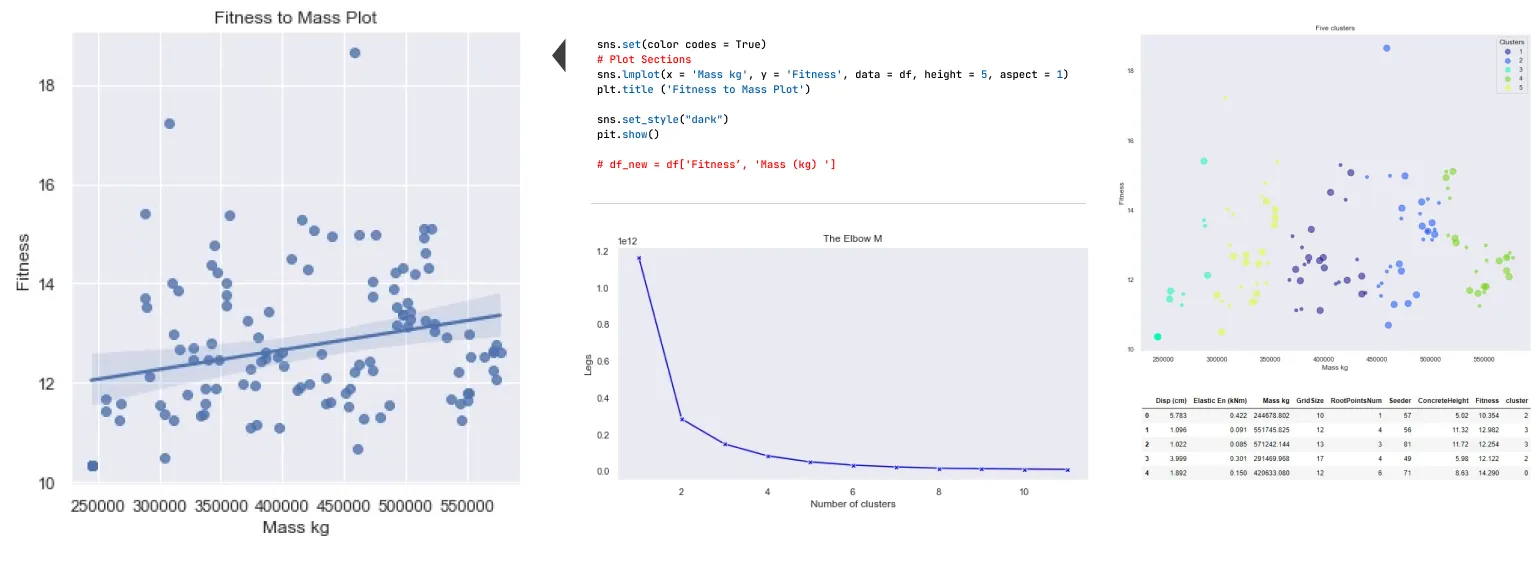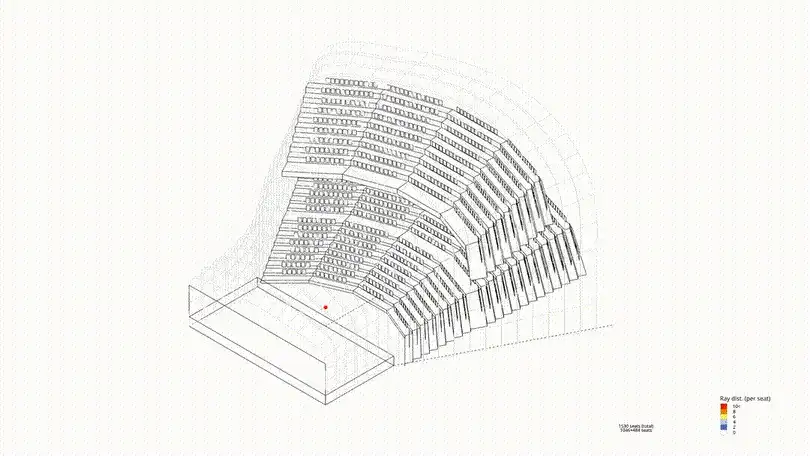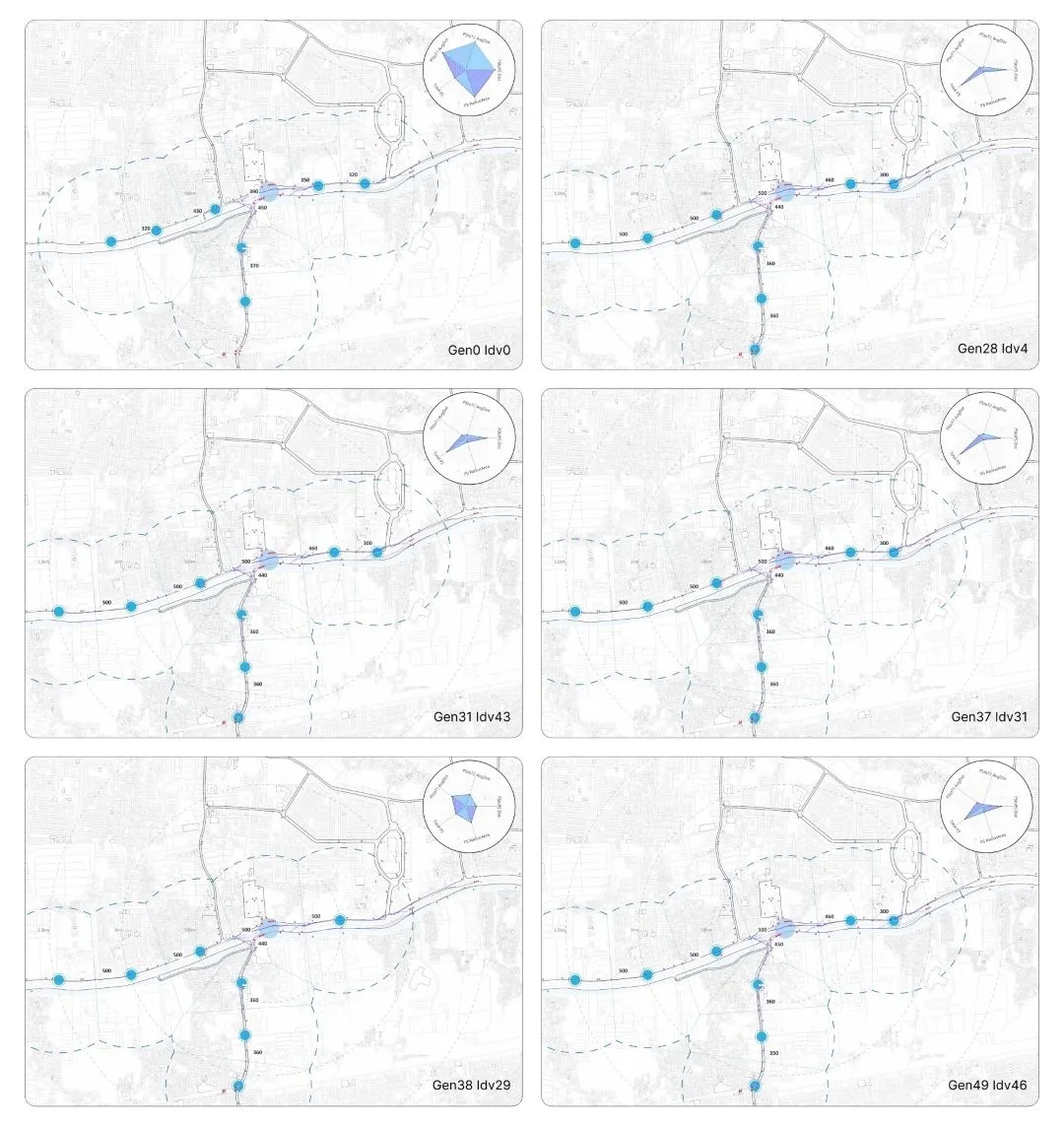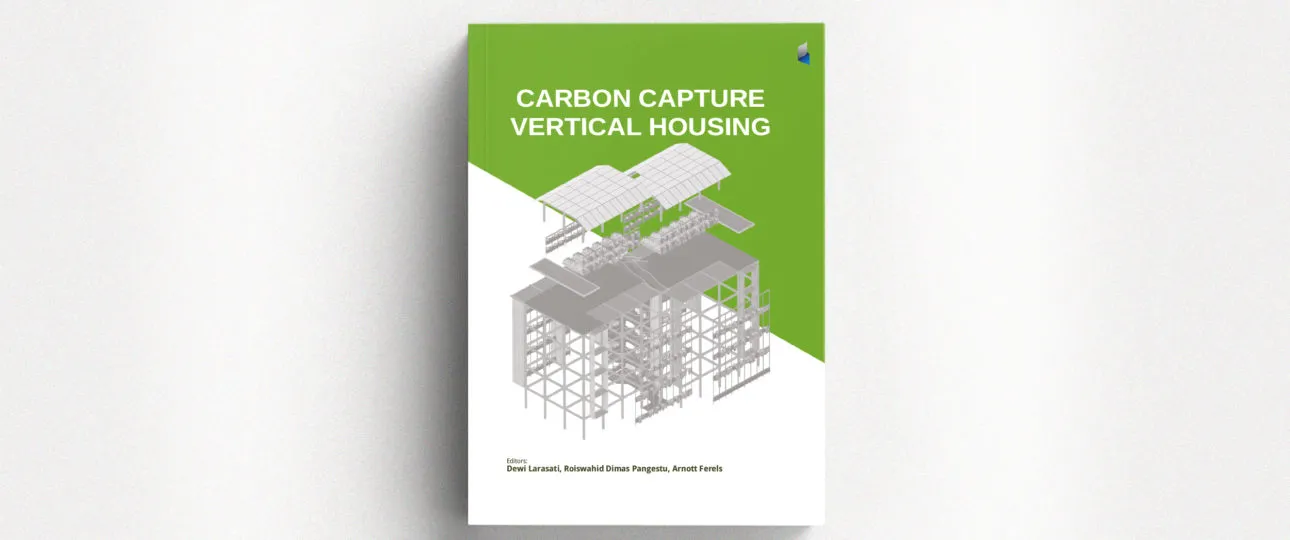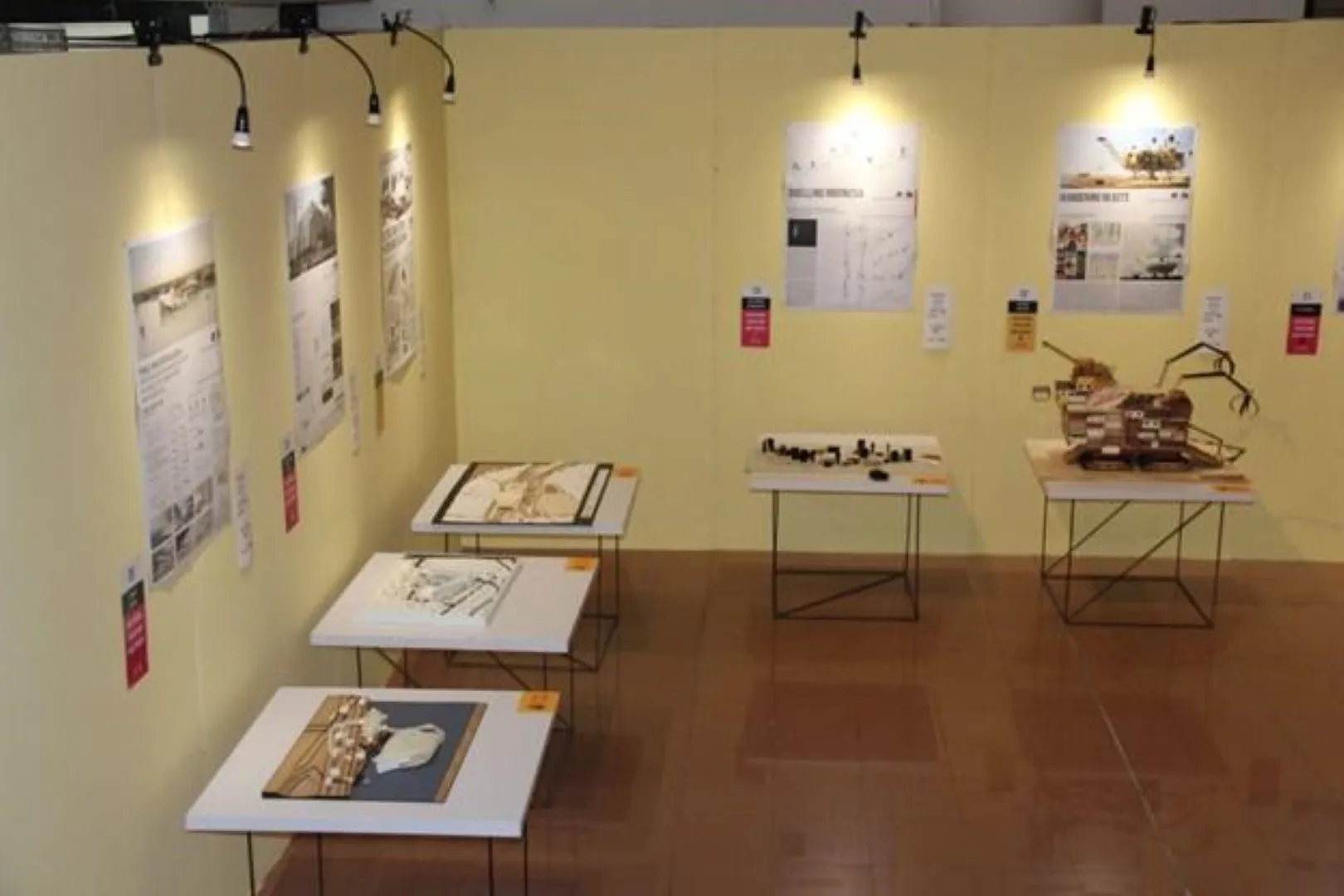Mathematical Structures
Exploring Natural Growth Patterns in Bio-Data Flow
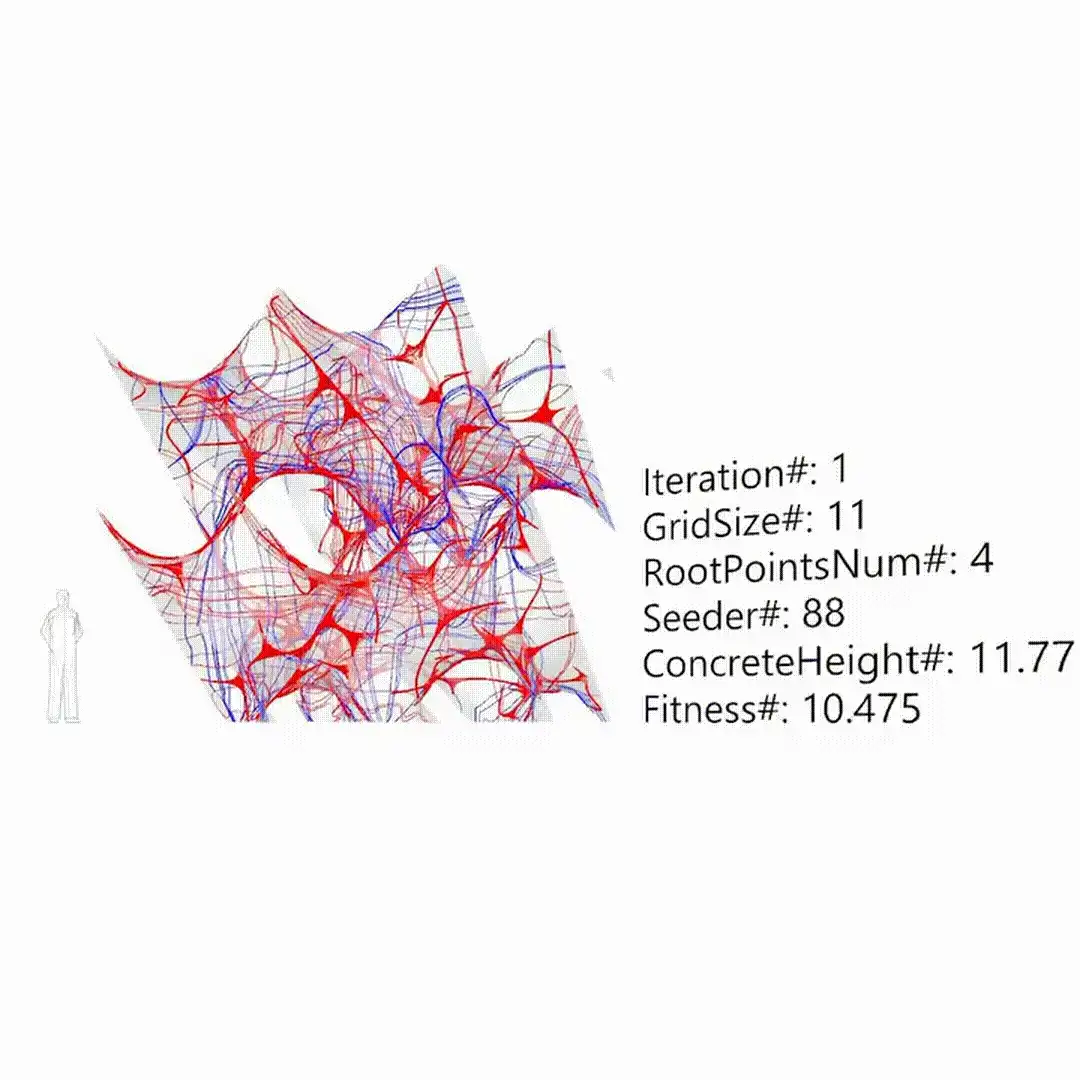
Details
Exploring Architectural Mathematical Surface/Minimal Surfaces#
This section combines bio-data and mathematical dynamics to understand how nature influences mathematical surfaces.
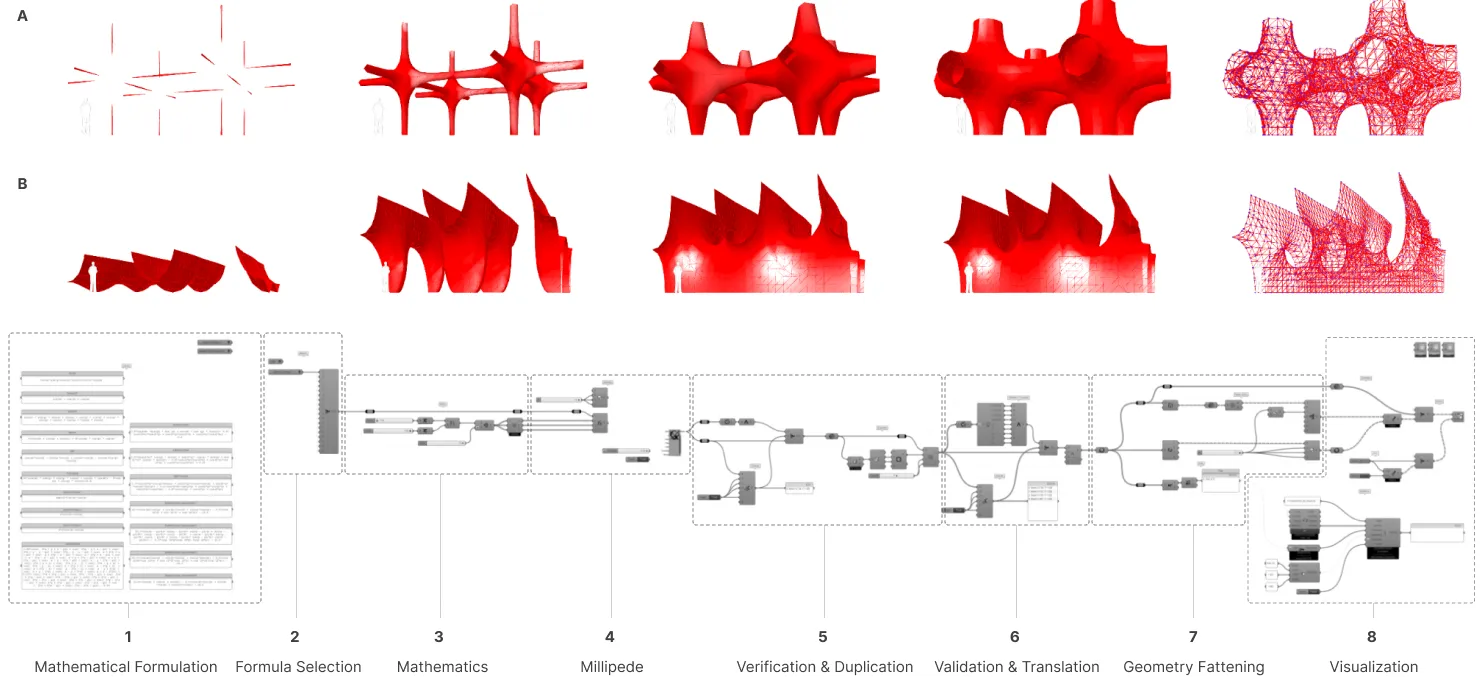
Generating Structures: Venation/Growth Patterns#
This section utilizes tools like Rhino and Grasshopper with Parakeet to translate nature’s growth patterns into architectural forms, focusing on the intricacies of venation and organic development.
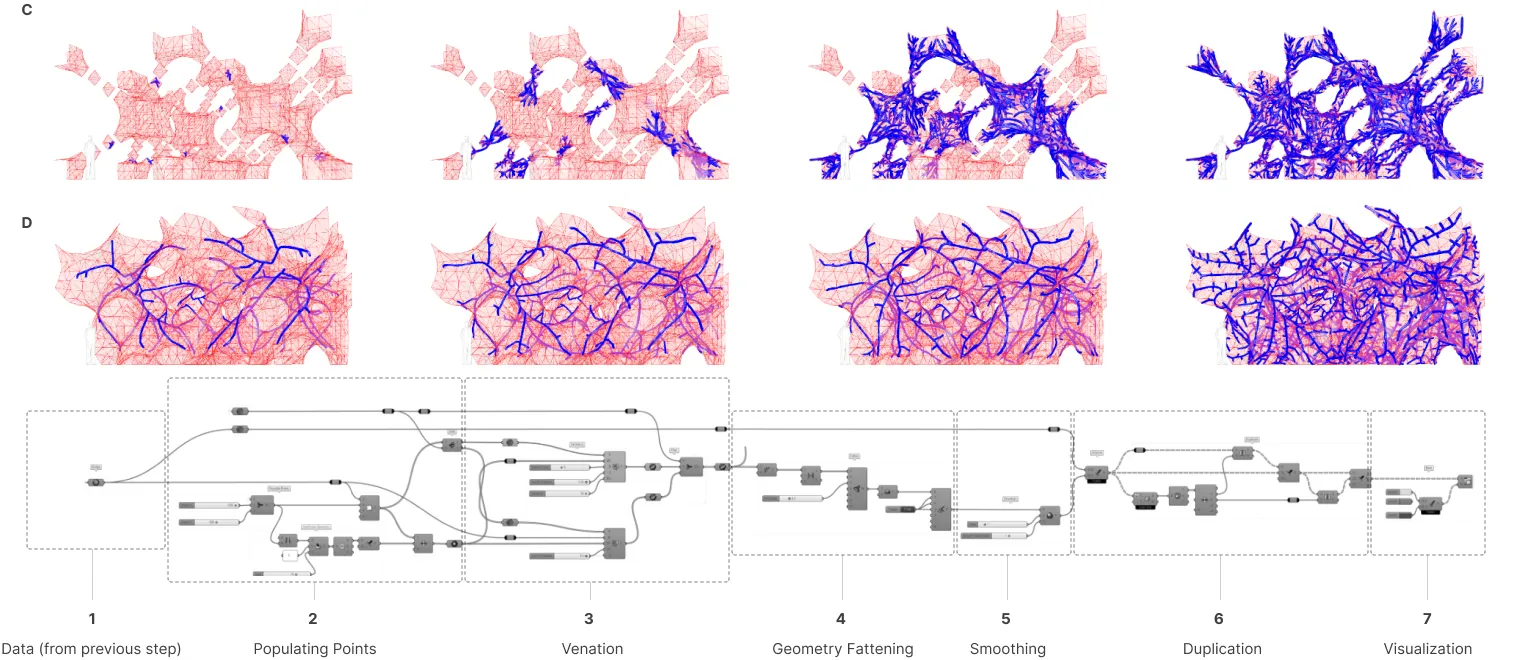
Designing & Optimizing: Iterative Structural Analysis#
This section delves into the process of refining designs post-structural analysis. Utilizing tools like Karamba and Galapagos, iterative adjustments of key parameters such as grid size, root points, and concrete height contribute to a purposeful trajectory towards architectural excellence. Each iteration, guided by predefined objectives and a fitness metric, ensures resulting structures meet both aesthetic standards and functional requirements.

Clustering Results – K-means Approach#
This section employs the K-means Clustering technique within the Anaconda Jupyter environment, a machine learning approach. This methodology enhances the precision of the analysis of design elements, classifying and improving design outputs.
